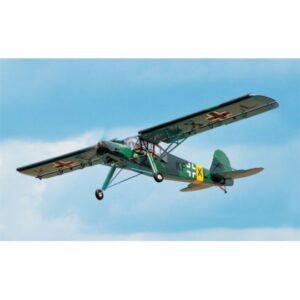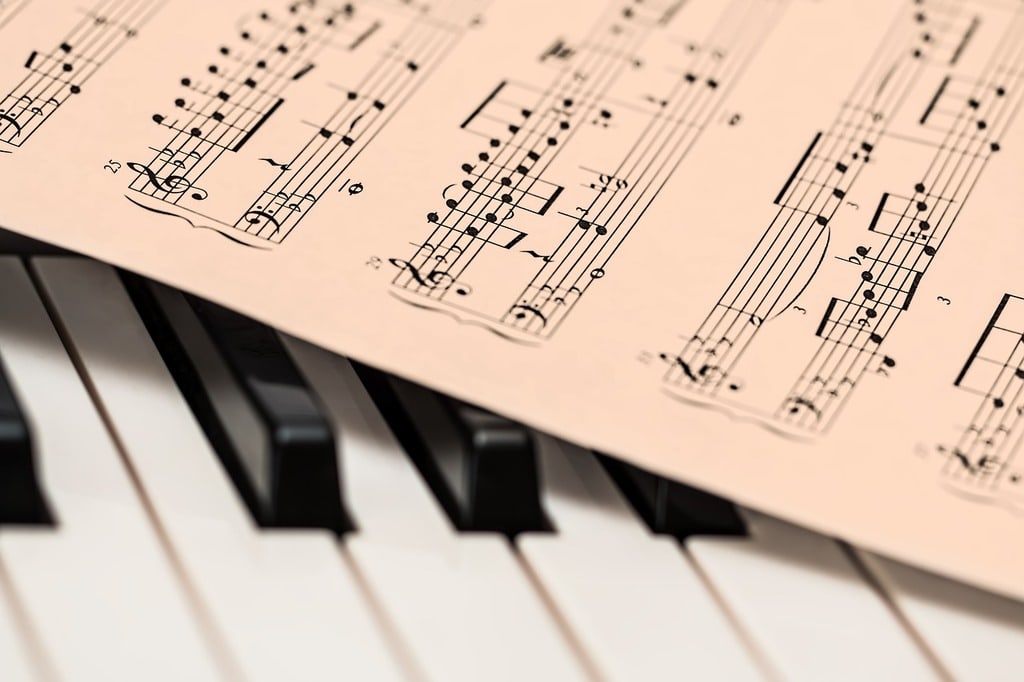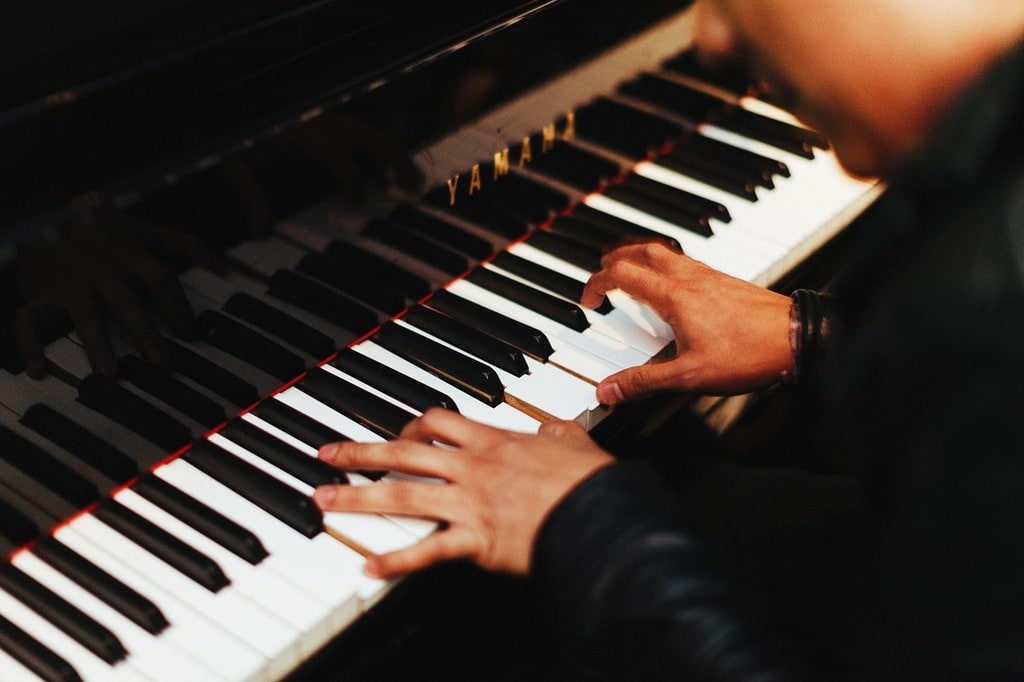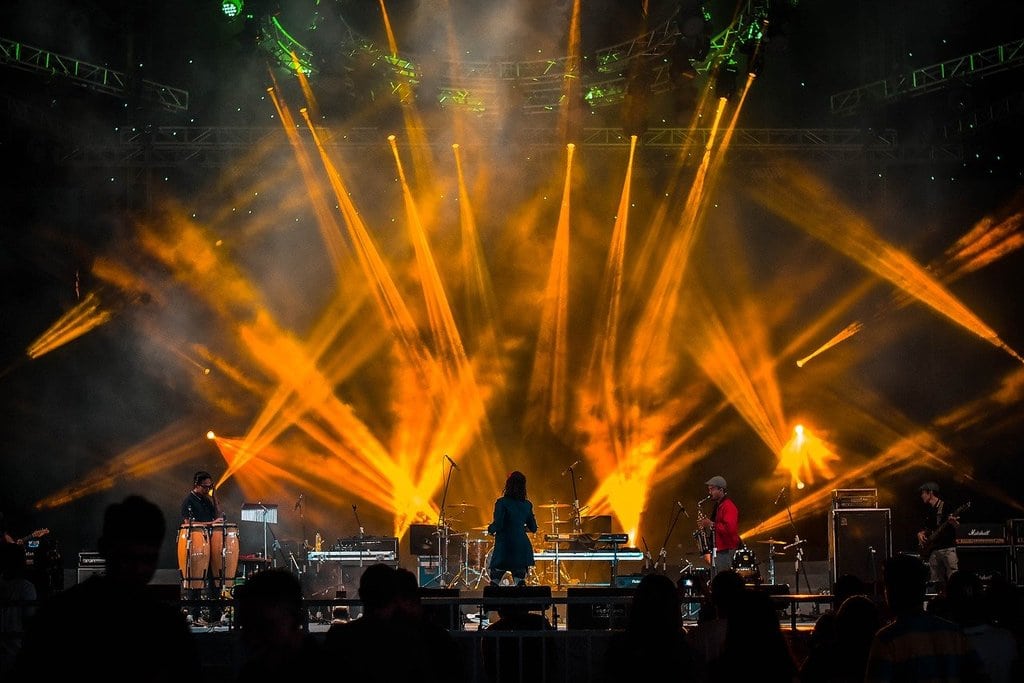Marrakech, the red city of Morocco, offers a unique blend of history, culture, and luxury that makes it a prime location for corporate gatherings. From its vibrant markets to its stunning landscapes, Marrakech provides an exotic backdrop that captivates attendees and leaves lasting impressions. Hosting events in Marrakech ensures an experience that combines professionalism with a touch of adventure, creating memories that stand out.
 One of Marrakech’s standout features is its stunning venues. From luxurious riads to expansive resorts, the city offers settings that cater to every type of corporate event. Whether it’s a business conference or a team-building retreat, these venues provide modern amenities with an authentic Moroccan ambiance. Imagine a meeting held under a starry desert sky or a networking dinner in a historic palace—Marrakech makes such experiences possible, blending professionalism with unforgettable moments.
One of Marrakech’s standout features is its stunning venues. From luxurious riads to expansive resorts, the city offers settings that cater to every type of corporate event. Whether it’s a business conference or a team-building retreat, these venues provide modern amenities with an authentic Moroccan ambiance. Imagine a meeting held under a starry desert sky or a networking dinner in a historic palace—Marrakech makes such experiences possible, blending professionalism with unforgettable moments.
The city is also celebrated for its accessibility. Located just a few hours’ flight from major European cities, Marrakech serves as a convenient meeting point for international teams. Its international airport is well-connected, and the city boasts a robust infrastructure to support both small and large-scale gatherings. Traveling to Marrakech is easy, and once there, attendees are immersed in an environment where tradition meets modernity, making it ideal for fostering creativity and collaboration.
Another reason to choose Marrakech is its array of team-building opportunities. Beyond the boardroom, participants can engage in activities like camel rides through the desert, cooking classes to learn authentic Moroccan cuisine, or exploring the bustling souks. These experiences strengthen team bonds and provide an escape from the usual corporate setting. By stepping out of their comfort zones, participants not only build stronger connections but also return home with new perspectives and a sense of accomplishment.
Finally, Marrakech is renowned for its hospitality and attention to detail. Event organizers in the city go above and beyond to tailor experiences to the needs of their clients. From personalized event planning to seamless execution, the professionalism in Marrakech ensures that every corporate event runs smoothly. For businesses looking to impress their stakeholders, the combination of Moroccan charm and world-class service is unbeatable.








